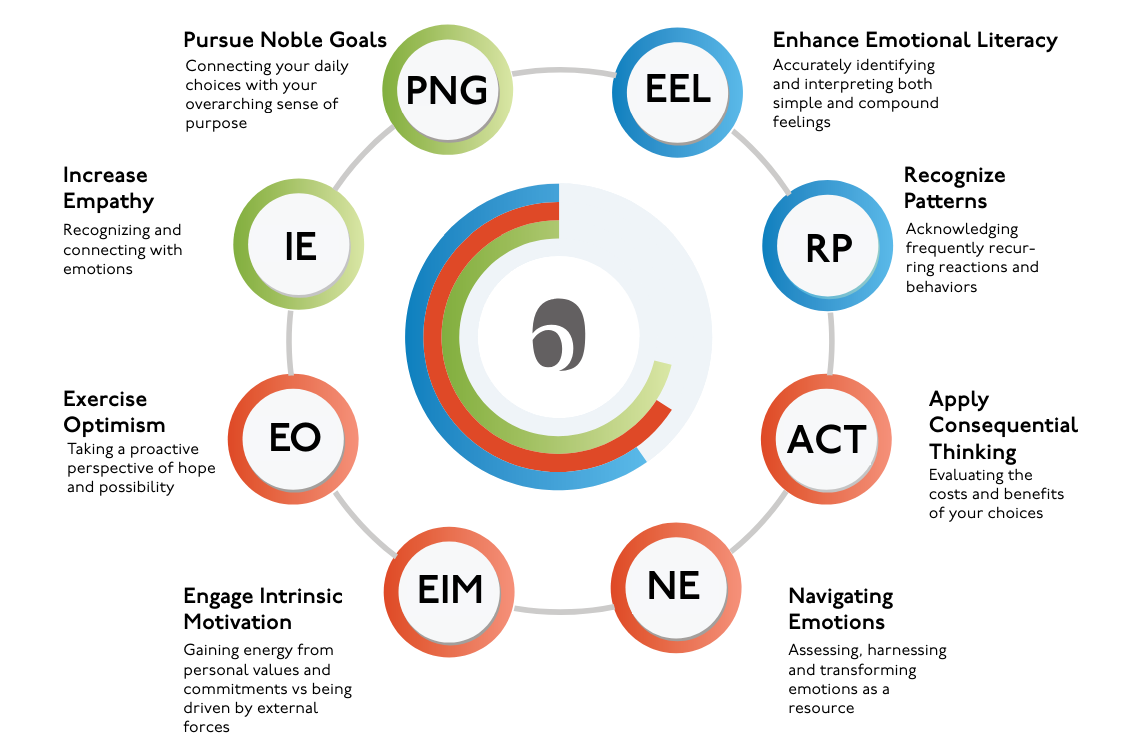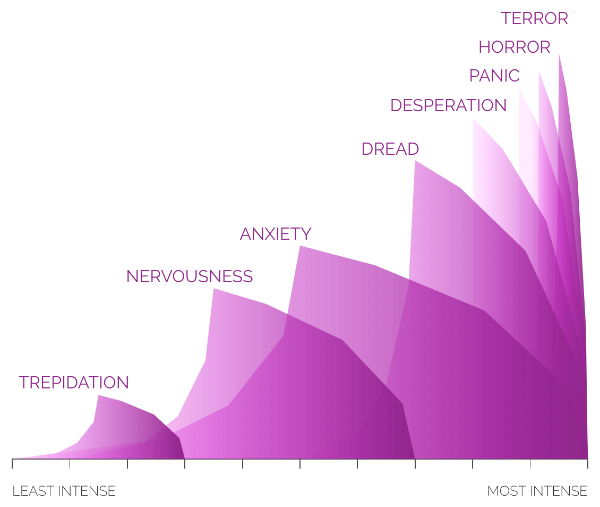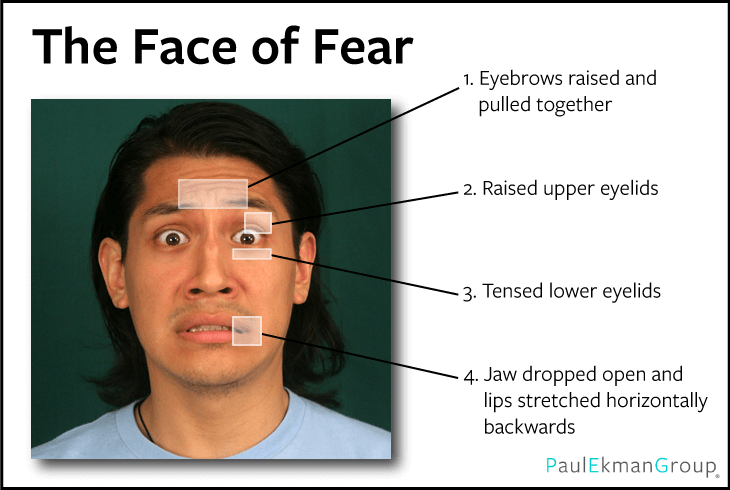By John Ford
When another driver cuts you off, something primal awakens. Your pulse races, your muscles tighten, a surge of heat moves up from your chest. In an instant, the car becomes a battlefield — you versus them.
Public safety experts have long warned that anger behind the wheel is one of the leading causes of preventable crashes. The advice is familiar: stay calm, avoid escalation, and drive defensively. Yet this also opens a deeper question: why do ordinary people lose control so completely when driving?
The Paradox of Road Rage
In his documentary The Human Face, John Cleese asks a provocative question:
“Why don’t we get pedestrian rage?”
When someone bumps into us on the sidewalk, we might mutter or frown, but rarely explode. Cleese suggests this is because we can see the other person’s face — we recognize intention, embarrassment, apology. Those micro-expressions regulate our nervous system.
Inside a car, we lose that human feedback loop. The other driver becomes a faceless object, not a person. Our nervous system, deprived of relational data, fills in the blanks with threat. A small frustration becomes a story of injustice — and our physiology follows suit.
Dysregulation: When the Terrain Is Too Dry to Absorb the Spark
Driving doesn’t just test patience; it reveals the condition of your inner terrain.
How we respond on the road often says less about what happened and more about what state we were already in when it did.
A full-blown trigger points to unfinished business from the past—those moments when something today echoes something unresolved from yesterday. That kind of work requires deeper integration and is best met with care and curiosity when you have capacity.
But most of what we experience behind the wheel isn’t a trigger in that sense.
It’s dysregulation—your body’s immediate cry for help when the nervous system is taxed. You’re tired, hungry, overloaded, or stretched thin. Your window of tolerance narrows, and even small frustrations land like attacks.
The same event—a honk, a slow merge, a sudden brake—can feel entirely different depending on your state of regulation:
On a resourced day: Someone cuts you off. You feel a flash of irritation, breathe, and let it pass.
On a depleted day: The same incident hits like a punch. Your grip tightens, breath shortens, and anger surges. You’re not reacting to the event itself so much as to your body’s inability to absorb it.
Your condition didn’t cause the moment—it amplified it.
A dry field ignites easily; a well-watered one resists flame.
That is the physiology of dysregulation.
Recognizing this distinction matters because it changes what’s needed. When you’re triggered, you may eventually want to explore the deeper story. When you’re dysregulated, the work is simpler and more immediate:
· Pause.
· Notice what your body is saying.
· You don’t need to analyze or fix it.
· Just acknowledge: I’m activated. Then, when you can, bring attention back to your breath — a tool we’ll return to shortly.
You’re not “working on your trauma.” You’re refueling the nervous system that keeps you safe on the road and steady in your life.
And that simple tending—moment by moment—is often what keeps a spark from becoming a dangerous wildfire.
The Terrain of the Body
Your body is not a neutral container; it’s living terrain.
Sleep, nutrition, hydration, connection — these are not luxuries. They’re what determine whether a stressful moment becomes an opportunity for awareness or a flashpoint for harm.
When dysregulated, we don’t just risk lashing out. We risk everything.
Every year, people lose their lives — and take the lives of loved ones — in moments of blind, reactive rage on the road. These aren’t “bad people.” They’re nervous systems overwhelmed beyond capacity, grasping for control in the most dangerous way possible.
Recognizing this reality doesn’t excuse road rage — it humanizes it. And that humanization is what makes real change possible.
The Car as a Practice Ground for Regulation
In my forthcoming book Tracking Triggers, I describe how ordinary moments can become extraordinary teachers. Few environments reveal our nervous system as quickly as the road. Every brake light, every delay, every act of impatience from another driver becomes feedback — not about them, but about the condition of our own terrain.
The car, then, is not just a vehicle for transport. It’s a practice ground for presence — a moving mirror for emotional regulation.
When you notice activation rising, ask:
“Is this about now, or about then?”
“Am I triggered, or simply dysregulated?”
This moment of inquiry is your first act of regulation. You don’t need to “fix” anything — just notice. Awareness itself is the turn of the wheel that brings you back toward center.
From that awareness, you can begin to work with the tools that restore steadiness. What follows are five simple ways to transform your car — and your commute — into a laboratory for calm.
Five Ways to Regulate Rather Than Rage
1. Pause and Breathe Before Reacting
When irritation strikes, your breath is the first and most powerful intervention.
Let the steering wheel become your feedback tool.
Pause and notice your grip — how tight are your hands?
Soften slightly. Then take a deep, slow inhalation through your nose.
Let your belly rise and your back press gently into the seat.
Exhale slowly, feeling your shoulders drop and your hands relax.
Each breath widens the space between stimulus and response — the difference between reacting and regulating.
2. Assume a Story You Don’t Know
The person who cut you off might be rushing to the hospital, lost in thought, or distracted by grief. Remember: offense is often not intended. As the saying goes, “Offense is 90% taken, 10% given.”
By assuming possibility rather than hostility, you shift your nervous system from threat to curiosity. You can’t control their driving, but you can control the story you tell yourself about it.
3. Reframe the Moment
Instead of, “They disrespected me,” try, “They were trying to meet their own valid needs.”
It doesn’t excuse poor driving; it restores your power to stay centered.
When you see behavior as an expression of need rather than malice, your body stops producing fuel for war.
4. Use the Vehicle as a Centering Space
Play calming music. Unclench your jaw. Relax your hands.
Keep your attention on what you can control — your breath, your distance, your awareness.
Your car becomes a moving calming gym rather than a vessel of battle.
This shift alone transforms traffic from an adversary into a daily practice field for presence.
5. Reflect After the Drive
When the engine turns off, take a brief inventory:
What emotion arose?
What need was underneath?
What might I do differently next time?
Each drive becomes a short lesson in emotional literacy — a way to track how your inner landscape meets the outer world.
From the Road to Real Life
The way we drive mirrors the way we live. If we speed, withdraw, or retaliate in traffic, we likely do the same in conversation. But the car gives us immediate feedback: every red light, every close call, every wave (or lack of one) is an invitation to practice.
Breathing through frustration in traffic trains the same muscles of presence that serve us in meetings, conflicts, and family life. The practice is portable. The gift is cumulative.
Conclusion: Awareness Is the Real Airbag
The true antidote to road rage isn’t suppression — it’s self-awareness.
Every drive offers a choice: to contract into story or to expand into presence.
When we pause, breathe, and feel the grip of the wheel soften beneath our palms, we remind the body that it is safe — and in doing so, we keep everyone else safe too.
Acknowledgment:
This reflection was inspired in part by “Understanding Road Rage: How to Manage Your Own Emotions on the Road and Deal With Others,” published by Sieben Polk Law P.A.. Their public-safety insights provided the spark for this deeper exploration into emotional awareness behind the wheel.















